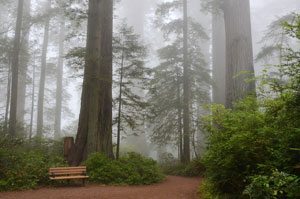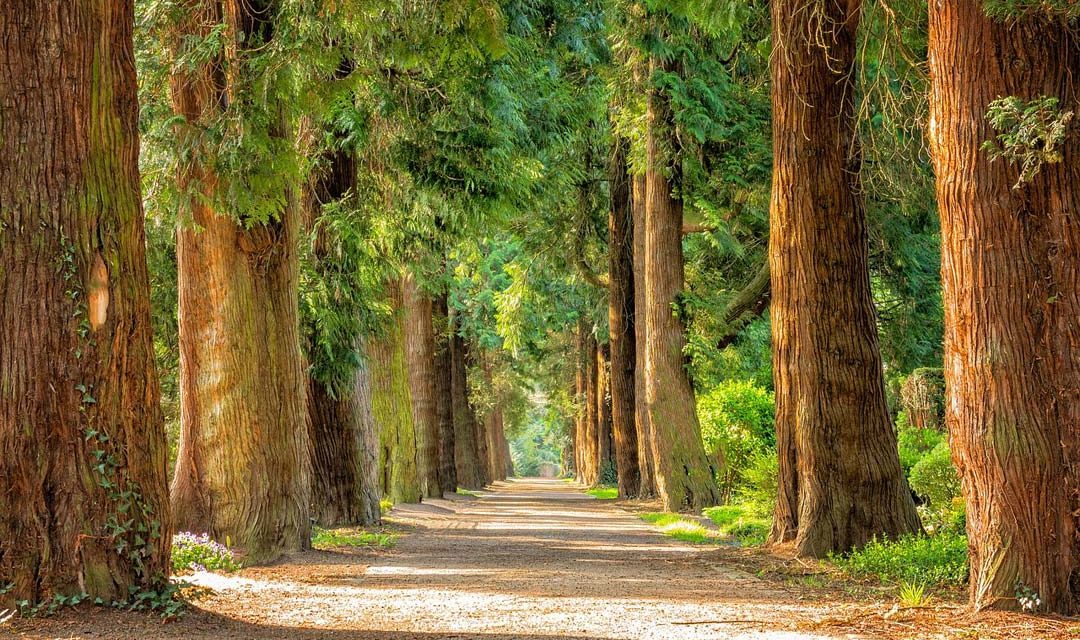ANNAPOLIS, Md., June 29, 2017 /PRNewswire/ — Nearly 40 years of research confirms that contact with nearby nature is profoundly important for human health and wellness, from the earliest hours to the final days of our lives. A new report suggests how city officials, urban planners and community residents can better integrate nature into all urban settings. “Nearby Nature for Human Health: Sites to Systems” is published by the TKF Foundation, and authored by Kathleen L. Wolf, Ph.D., University of Washington (Seattle), and Weston Brinkley, M.U.P., director of Seattle Trails Alliance.
The research brief provides concrete ideas and diagrams on how city officials can create, plan for and link together greenspaces and parks to create nature systems that promote human health.
 Green infrastructure systems provide many benefits, like cleaner air and water. Additionally, researchers note that more frequent and longer exposure to nearby nature leads to greater health rewards.
Green infrastructure systems provide many benefits, like cleaner air and water. Additionally, researchers note that more frequent and longer exposure to nearby nature leads to greater health rewards.
Among these rewards: better child development, better work performance, faster healing, and reduced depression. “The list is long and growing,” Brinkley said. “Planning green infrastructure for environmental and wellness co-benefits should be a high priority for every city.”
A key message of this report: creating linked systems doesn’t necessarily require a huge amount of resources.
“Some cities have vacant or surplus space that can easily be turned into small parks,” said Wolf. “Others have little available land. For those, the opportunity is to use a co-design approach that enables a variety of outdoor spaces to deliver co-benefits. For example, green streets and bioswales installed for stormwater management can also be designed as micro-parks.”
Different ways of connecting nature spaces are given in the report; a set of flexible ideas for how a greenspace system may best work in a particular urban environment. One example, “Green Necklace,” sketches a linear, connected series of greenspaces. It lays out the idea of a corridor of activities as one moves about the city, as when walking or cycling.
In contrast, “Hub and Spoke” relies on a wheel-like pattern where smaller nature spaces, such as those that may be located in outlying neighborhoods, flow to a large park or open space that functions as a central hub.
“Nearby Nature for Human Health: Sites to Systems” is one of a series of free research briefs published by the TKF Foundation, a private nonprofit that supports, informs and inspires the creation of publicly accessible urban green spaces.
Editor’s Note
See New healing green space for injured warriors will help fill research gap.



